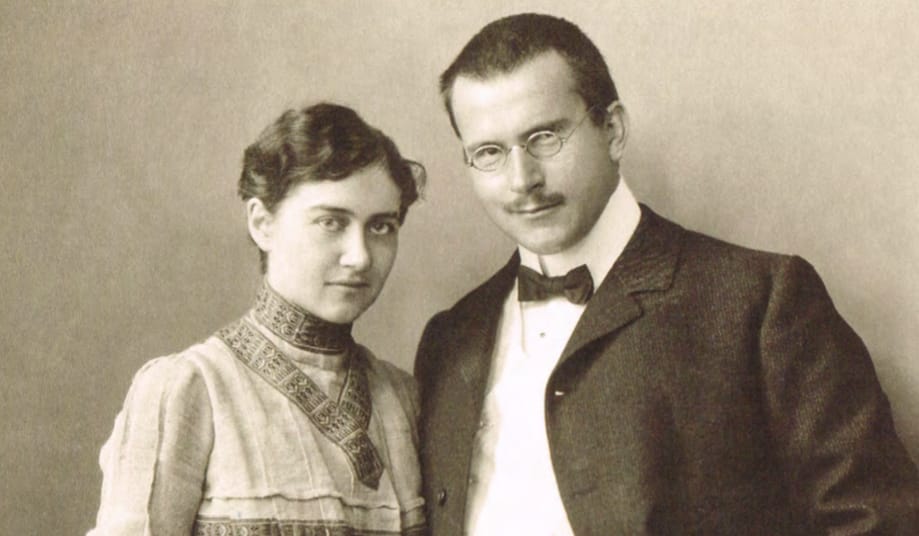On Valentine’s Day, 1903, Carl Jung married Emma Rauschenbach, forming a union that would shape both their lives and Jung’s career. Emma, a seventeen-year-old daughter of a wealthy industrialist, fell in love with Jung, a penniless 24-year-old doctor of the insane. Their courtship caused a stir—she was a young woman of status, and he was an unconventional suitor without financial stability or social standing. Despite initial hesitations, Emma was captivated by Jung’s intellect and passion for knowledge, traits she deeply admired and had long been denied by societal conventions.
Their marriage offered Jung not only emotional support but also the financial security to pursue his career in psychiatry and psychoanalysis without constraints. Emma became more than a wife; she was a collaborator and intellectual companion. Her wealth provided stability, but her influence extended far beyond material support. She shared his passion for psychological exploration, contributing to his work on symbolism and the unconscious.
Together, they raised five children and built a life rooted in both family and intellectual pursuit. Their relationship, however, was not without difficulty. Jung’s extramarital relationships, especially with Toni Wolff, challenged their bond. Still, Emma remained steadfast, balancing her roles as wife, mother, and scholar.



